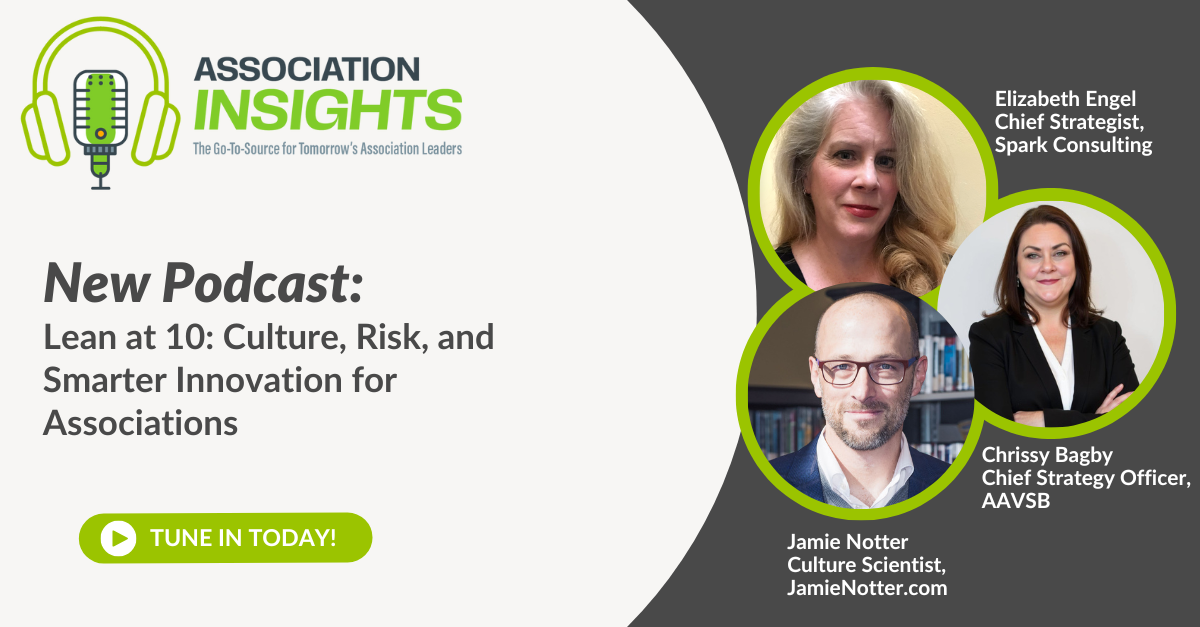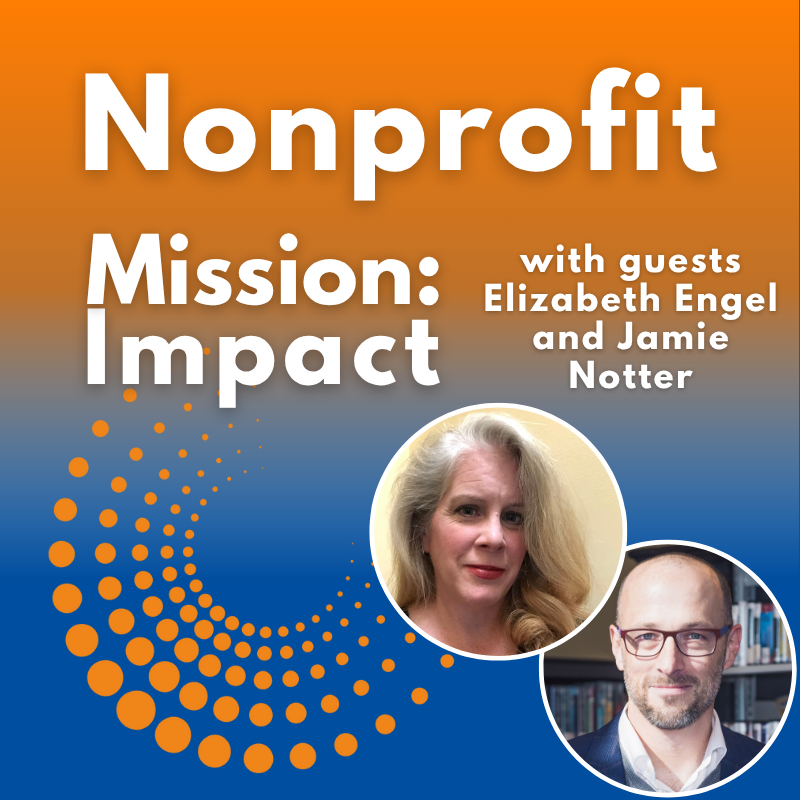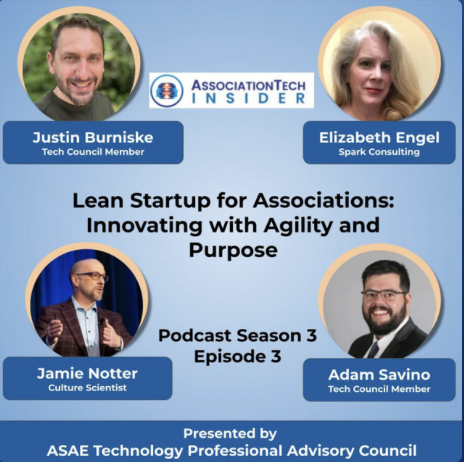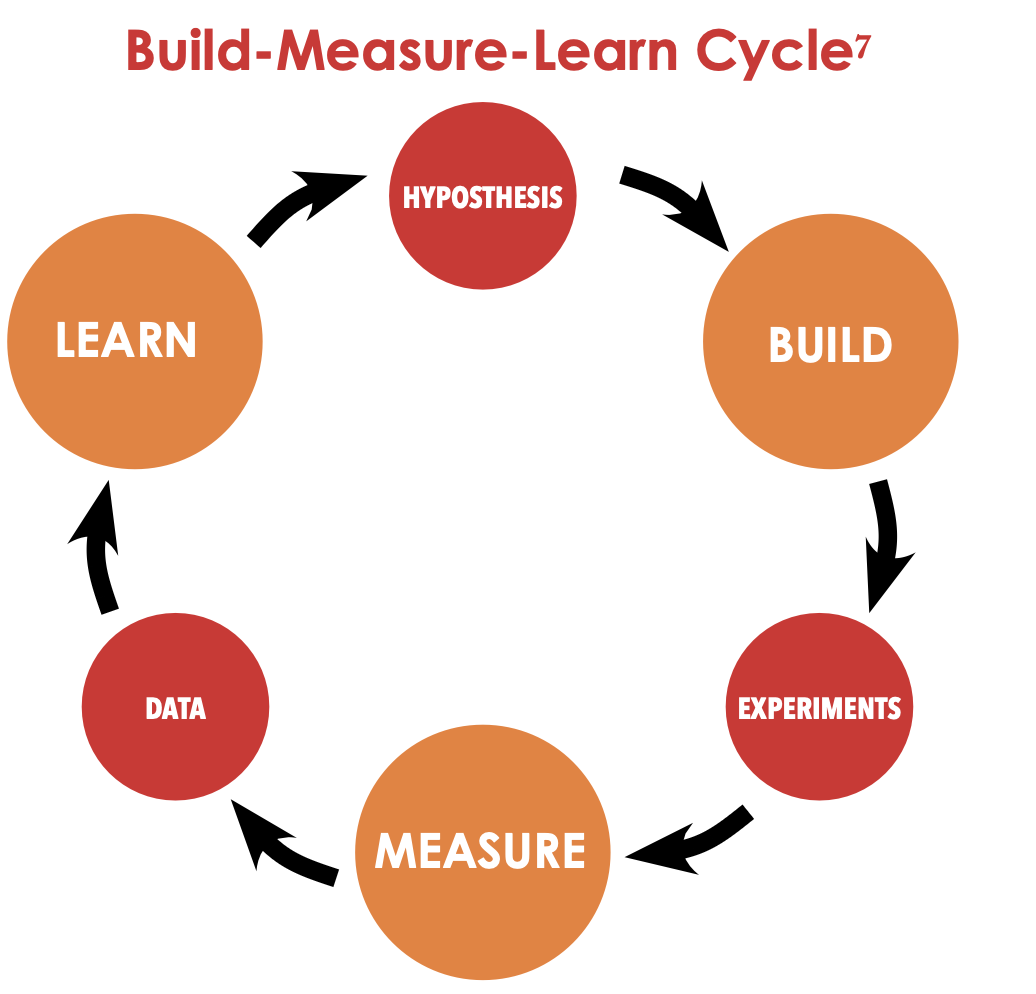
I’m excited to share that I’ve stepped into a new volunteer role as US Co-Lead (with the fabulous Maddie Grant) for Climate Action For Associations. CAFA America will subsume our existing climate change project, the Association Climate Action Coalition (AC3).
(Don’t worry – I’m still Chief Strategist at Spark, providing membership and lean startup methodology consulting to associations. This is a new volunteer role for Maddie and me.)
CAFA is a global initiative helping associations turn climate commitments into practical, coordinated action.
Our focus will be on supporting the launch and growth of CAFA’s work in the United States—building partnerships, piloting programs, and helping shape an operating model that reflects the realities of the American association landscape.
Associations play a unique role in shaping industries, professions, and collective standards. When we move together, we have the power to accelerate real change at scale. I’m grateful to be working alongside CAFA’s global team and a growing network of association leaders who are serious about moving from intention to impact.
Through this partnership, AC3 members will now have access to CAFA’s global hub, including resources, tools, and guidance. Membership is free, and is now open to ALL US associations.
Are you ready to join right away? Visit the CAFA website to learn how.








